Copper wires has a very low resistance which offers high conductivity and low temperatures. But this measurable resistance has a value in milliohms in these conducting wires. Which can’t be precisely measurable using a multimeter /ohmmeter available in market. To measure such a low values equipment’s with high stability is needed. But today I will show you how to measure this value using a cheap multimeter in voltage mode. This method gives a very high precision and low errors. This idea can be used to make a current meter.

In future we will make a fully functional DC current meter using this concept. If you want to give a more professional look to your projects then JLCPCB is providing the best SMT service nowadays in very low prices. SMT assembly starting from $8 only, Sign-up to JLCPCB and get new user coupons of $54 to order PCB, PCBA, stencil, 3D printed layouts and much more. Visit JLCPCB now from here.
Basic idea:
Basically, the ohms law says- resistance is ratio of the voltage applied to the current flowing through the conductor. Using this property, we keeping the current constant and measuring the voltage drop across both the ends will give the value of resistance.
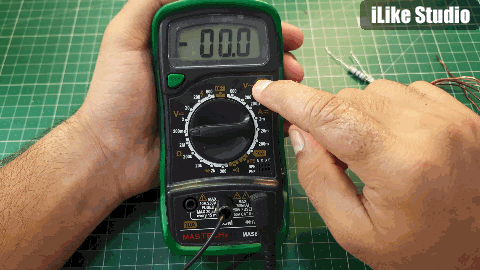
Every basic multimeter has a millivolt measuring feature through this we can measure very small voltage with high accuracy. So let's continue with this approach.
Using Online calculator:
I am using a 20 SWG 1.2meter copper enameled wire, after setting all the parameters it gives the resistance value of 30milli ohms per meter.
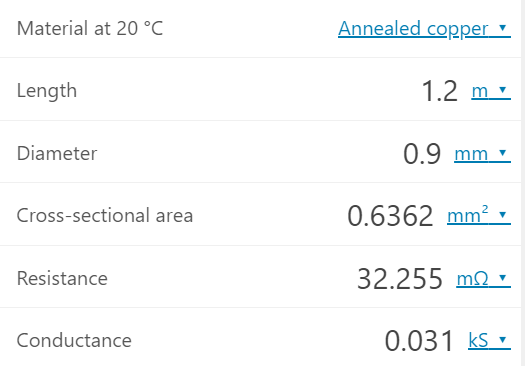
This is the value of conductor at room temperature further increase in temperature increase the resistance of wire. Due to unwanted collision of the electrons.
Tools required:
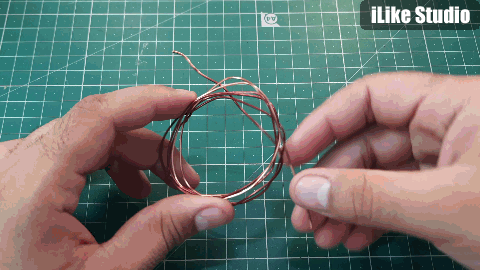
1) Basic multimeter
2) Constant current power supply
3) 2x 10ohms resistors (2watts or higher)
4) Experimented wire
5) Calculator
Theoretical approach :
According to the OHM’s law, keeping the current constant and a small voltage drop take place in the wire, this can be accurately measured in millivolts by multimeter. Now divide that voltage by the current and we get the resistance.
Consider a wire of length 1.2 meters, let 1ampere is flowing through it. If the voltage drop across it is equal to 30milli volts then by applying V=IR
V= 30 millivolt, I= 1Ampere, R=?
R=V/I which gives the vale of R= 30 milliohms.
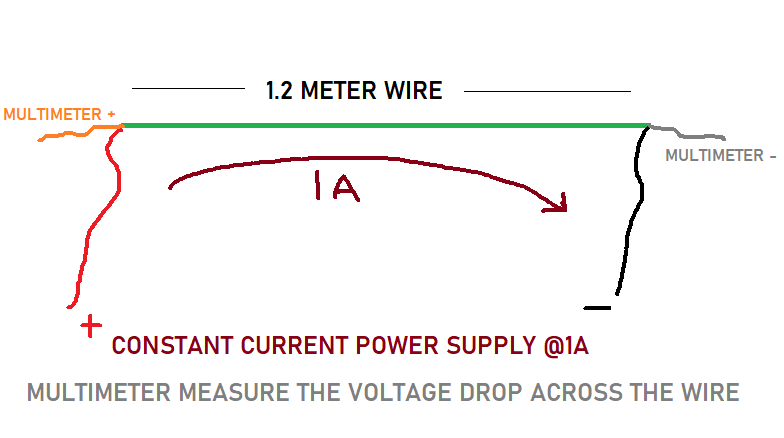
1 ampere is quite a large current, can be maintained using constant current power supply. But same can be measured using 0.1ampere. here I am using 1 ampere only for calculations simplicity. You can see, considering the voltage 30millivolts gives the value almost equal as calculated in online meter.
Practical approach:
When we directly short the copper wire with 1 ampere power supply the voltage drops to zero, even the most stable power supply can’t provide the good result.
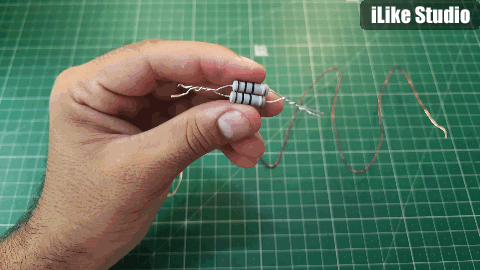
So, I connected 2 resistors of 10ohms(2watt) in parallel and then in series with the wire.
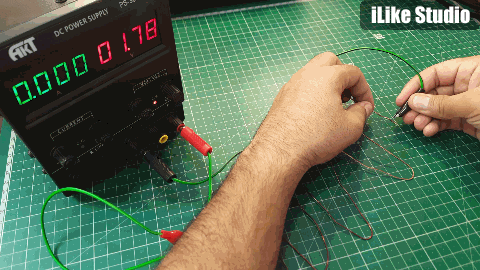
Now if we apply 0.1 ampere to the wire with resistors and the voltage drop is across the full length of 1.2 meter is 3.2 milliohms.
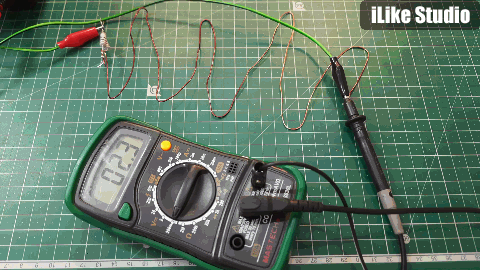
When OHMs law applied: V=3 milliohms, I=1 Ampere, R=?
R=V/I gives the value 30milliohms.
To precisely measure the value more readings can be taken by increasing the current to 0.2amperes, 0.3ampers ….
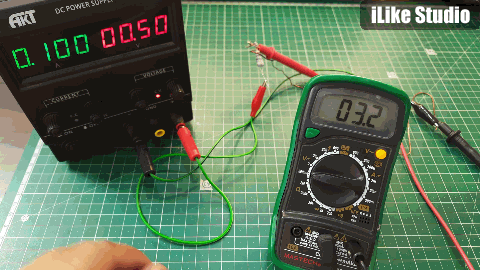
After measuring 2-3 values we can mean the value and can get the particle value of resistance of a wire.
Further continuation of concept:
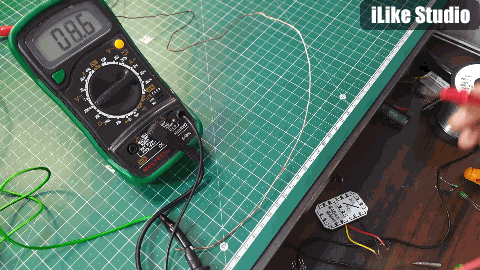
Now using this concept if we cut the wire from a voltage drop of 10millivolts @1ampers.
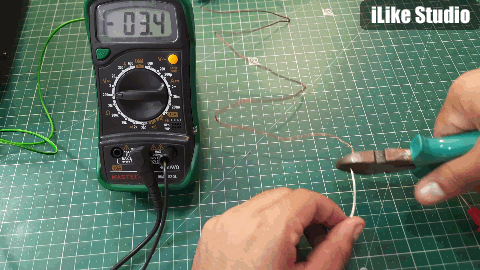
Then this length of wire has 10 milliohms resistance. We can use this wire as a shunt in the current meter to linearly measure the current.
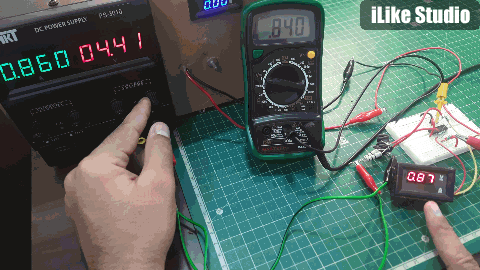
So, at 1ampere supply the resistor will drop 10millivolts by amplifying the voltage 100 times using operational amplifier makes it equal to 1volt. Now 1 Ampere give 1-Volt on output. which can be directly measured using any type of multimeter. I will back soon and give you proper info about this.

Till then explore JLCPCB and don't forget to claim the $54 new user coupons.
Precautions:...
Read more » ElectroBoy
ElectroBoy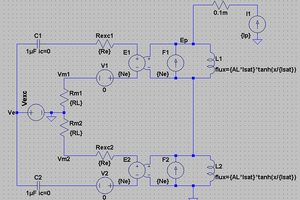
 jbb
jbb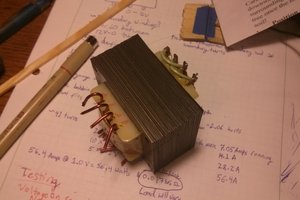
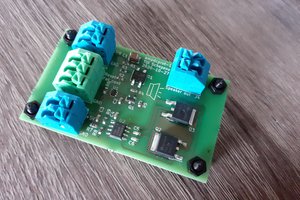
 Tijl Schepens
Tijl Schepens
 Thomas Hoppe
Thomas Hoppe